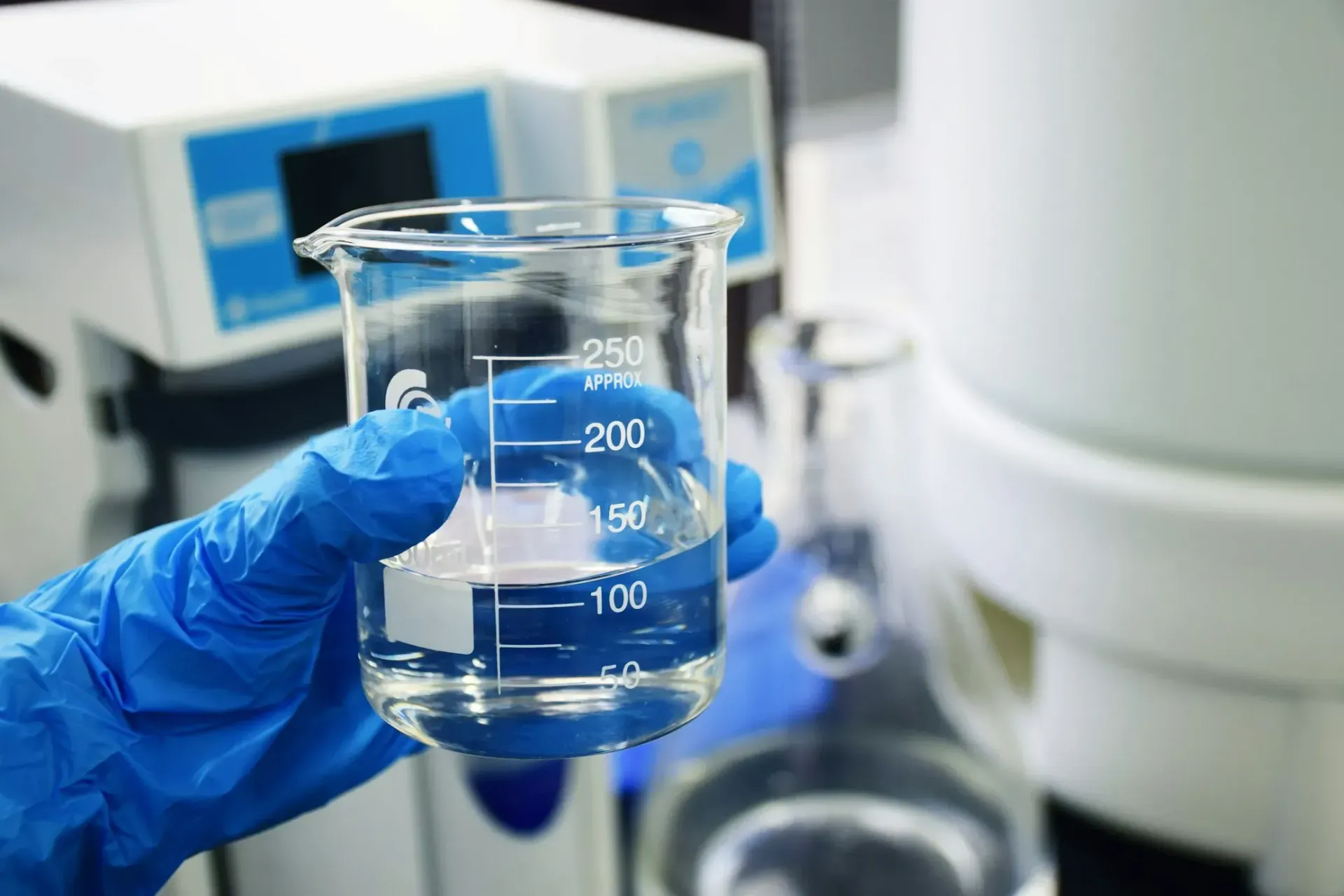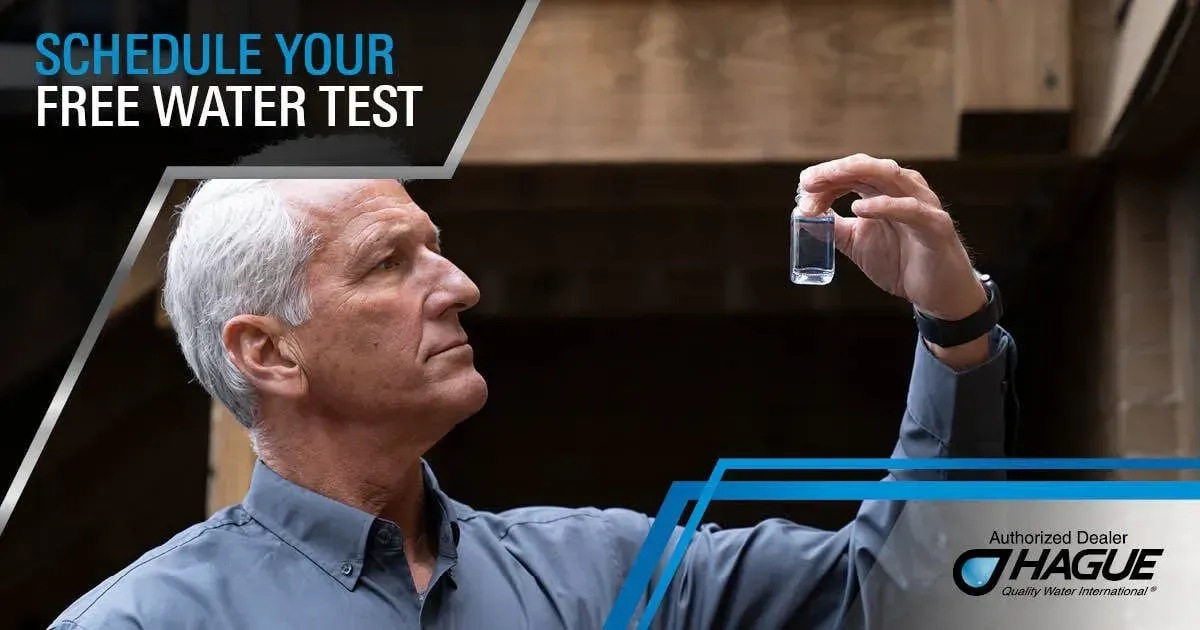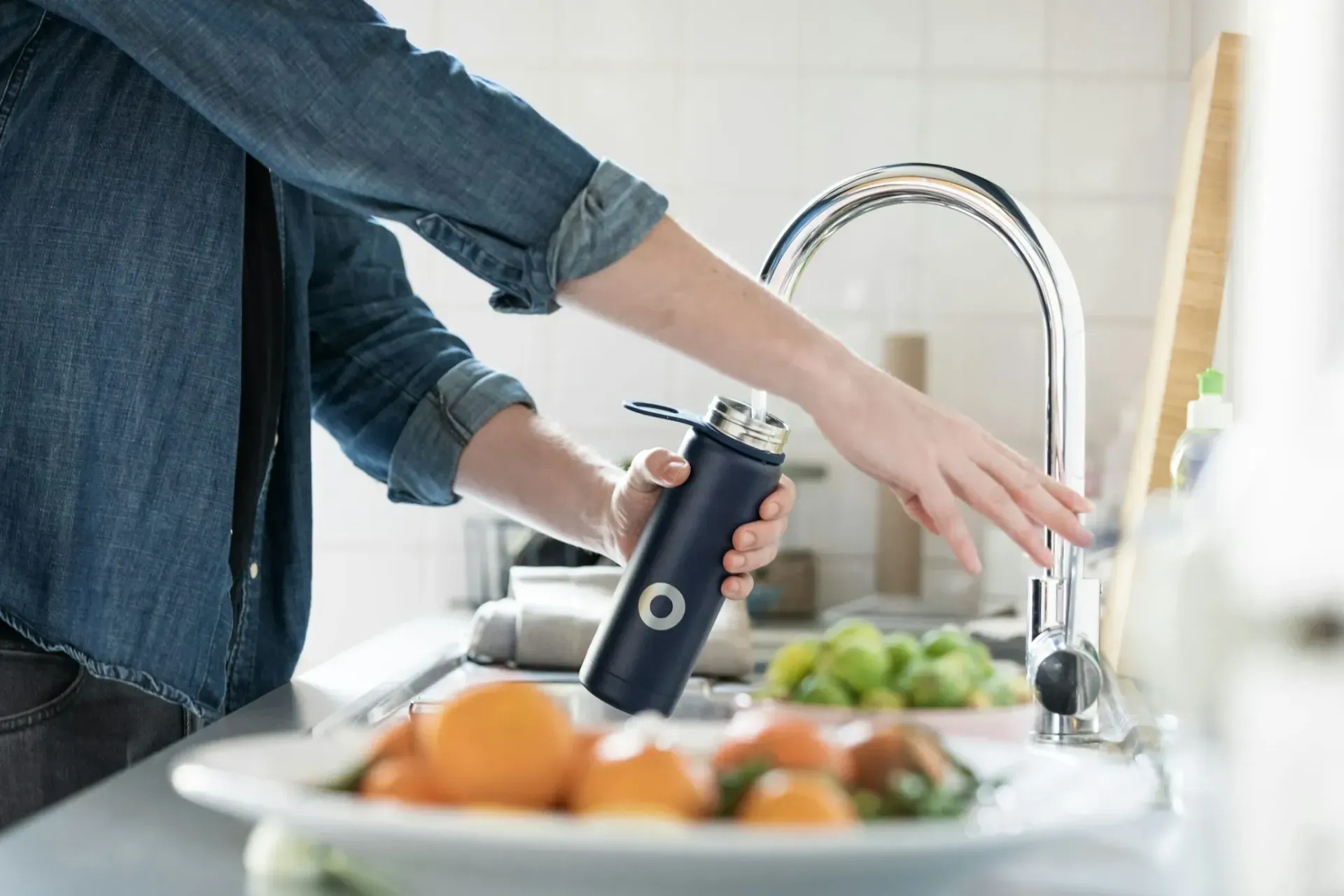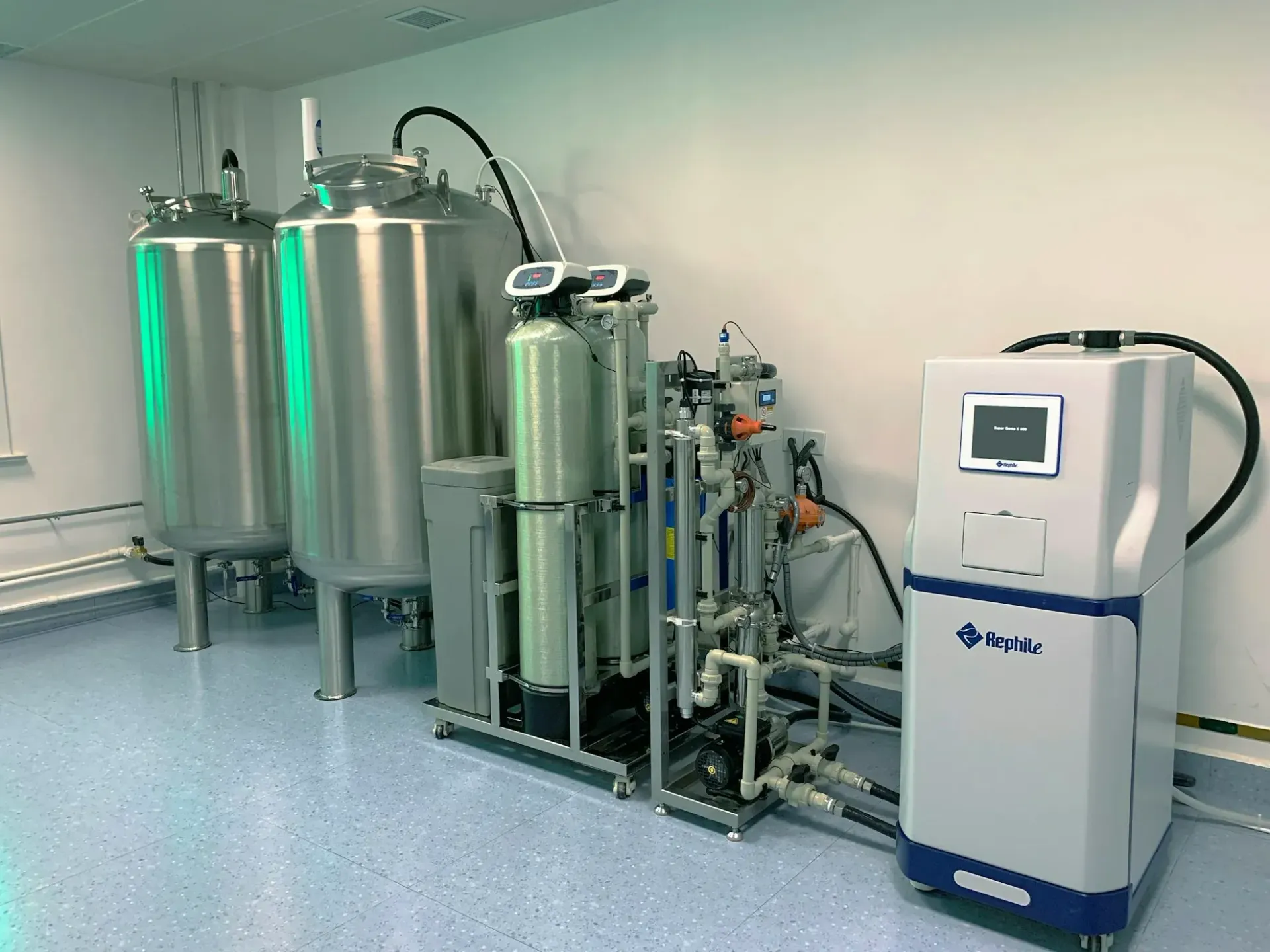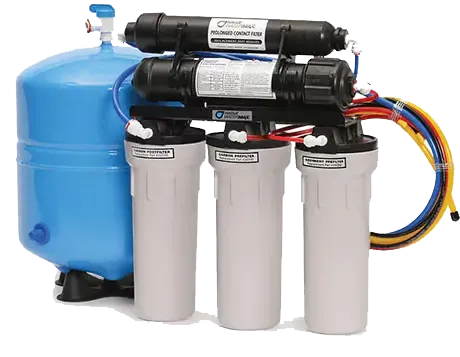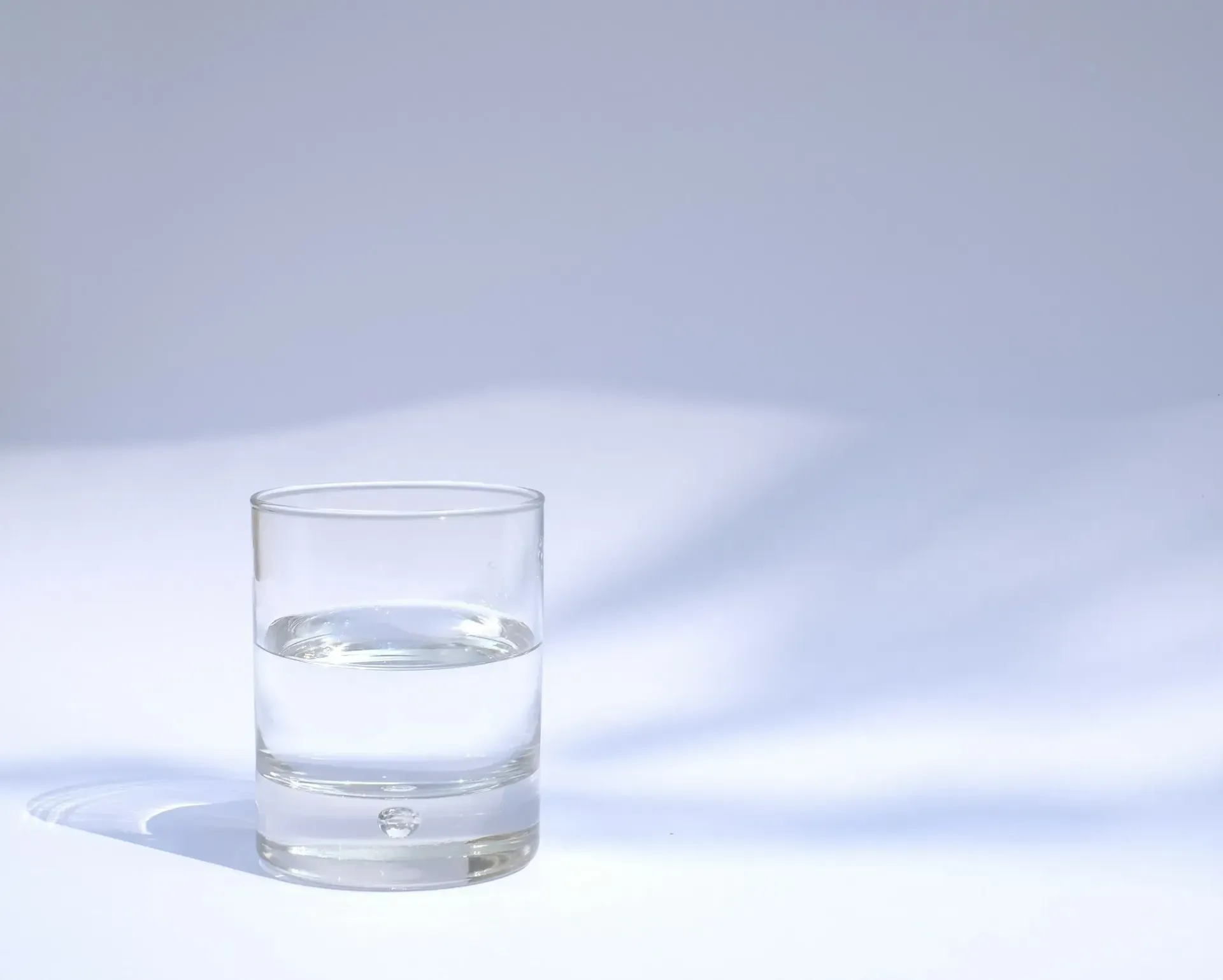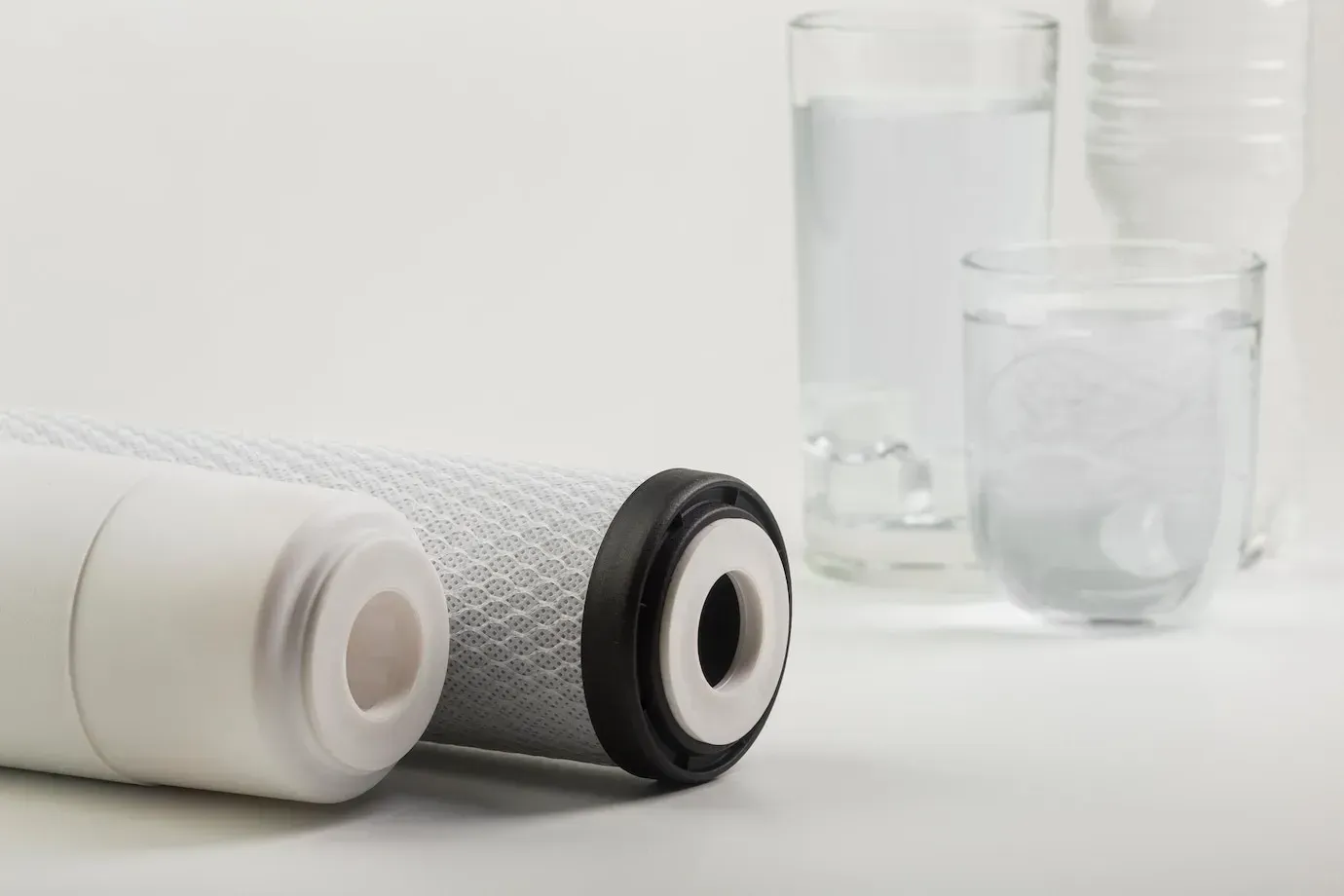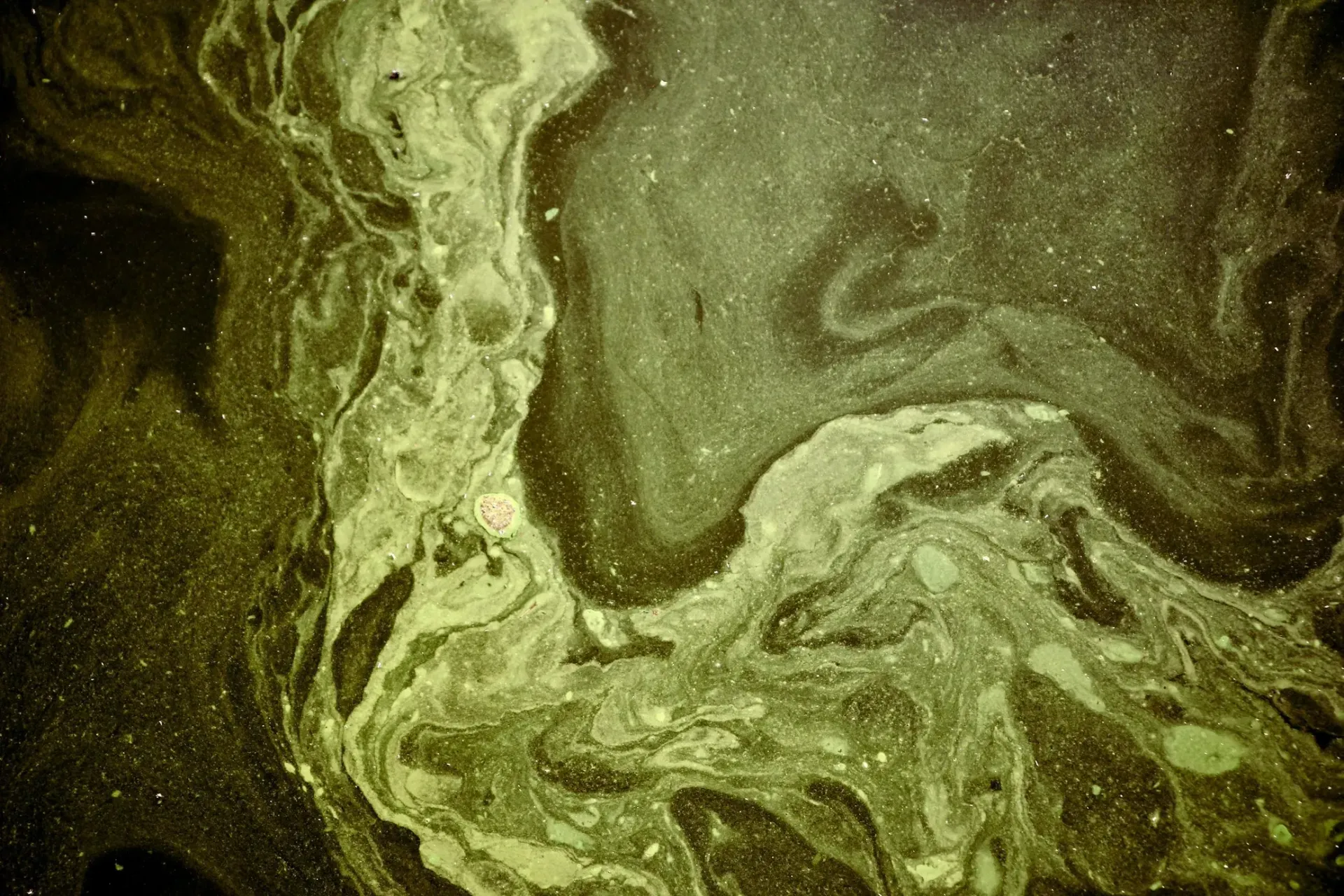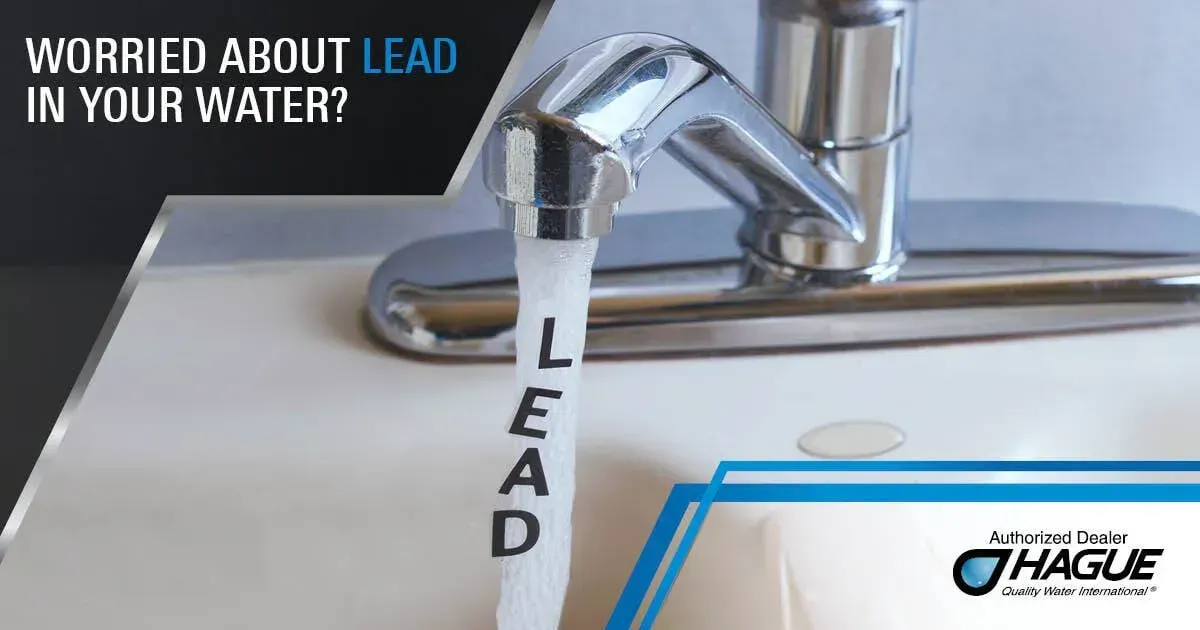
How to Know If Your Water Has Lead & What to Do About It
If you’ve received a letter saying there may be lead in your water service lines, you’re probably wondering what to do next. Lead in drinking water is a serious issue, but the good news is that you can test your water and take steps to fix it.
The first step is confirming whether your home’s water has lead. This can be done through a simple inspection of your service line or a water test. If lead is present, there are filtration options and long-term solutions to ensure your water is safe.
This guide will walk you through how to check for lead, what to do if it’s in your water, and how to get expert help.
How to Check If Your Water Has Lead
Signs Your Water May Contain Lead
Lead in water isn’t always visible, but there are a few warning signs to watch for:
- Discolored water – Brown, yellow, or cloudy water can indicate lead or other contaminants.
- Metallic taste – Water with lead may have a slightly bitter or metallic taste.
- Old plumbing – Homes built before 1986 are more likely to have lead pipes or lead solder.
Even if your water looks and tastes fine, testing is the only way to know for sure.
How to Inspect Your Water Service Line for Lead
One way to check for lead is by inspecting your home’s water service line—the pipe that brings water from the main supply into your house. Here’s how:
- Find Your Water Line – Look under the kitchen sink, in the basement, or near your water meter.
- Scratch the Pipe’s Surface – Use a key or coin to scratch a small section of the pipe.
- If the pipe is shiny and silver, it may be lead.
- If a magnet sticks to the pipe, it’s likely steel, not lead.
- Check for Softness – Lead pipes are softer and can be dented with light pressure.
If your service line is lead or contains lead solder, your home’s water may be contaminated.
Water Testing Options: Home Kits vs. Professional Lab Testing
Testing your water is the most reliable way to know if lead is present. You have two options:
- Home Test Kits – Available at hardware stores for around $20 to $50. These can detect lead, but they aren’t as accurate as lab tests.
- Professional Water Testing – A certified lab provides detailed results, including the lead level in parts per billion (ppb). This usually costs $50 to $200, but it’s the most accurate way to check your water.
Understanding Test Results: What Lead Levels Are Dangerous?
- 0 ppb (parts per billion) – Ideal. No lead detected.
- 1-15 ppb – Some lead is present. Action should be taken.
- Above 15 ppb – Considered unsafe. Immediate steps are needed to remove lead from your water.
If your test detects lead, don’t panic—but take action quickly. In the next section, we’ll cover what to do if lead is in your water.
What to Do If Lead is Found in Your Water
If your water test confirms lead, take action immediately to protect your household. Some solutions offer a quick fix, while others provide long-term safety.
Immediate Safety Measures
Until you install a permanent solution, follow these steps to reduce exposure:
- Flush Your Pipes – Run cold water from each tap for at least 5 minutes before using it for drinking or cooking. This helps clear out lead that may have built up in the pipes overnight.
- Use Cold Water for Cooking & Drinking – Hot water leaches lead from pipes more easily. Always start with cold water, even when boiling.
- Use Bottled Water When Needed – If your lead levels are high, use bottled water for drinking, cooking, and preparing baby formula until a filtration system is installed.
- Avoid Using Unfiltered Water for Baby Formula – Infants are especially vulnerable to lead exposure.
Short-Term vs. Long-Term Solutions: What Works Best?
Not all lead removal methods are equally effective. Here’s how different options compare:
| Solution | Effectiveness | Cost Estimate |
|---|---|---|
| Faucet or Pitcher Filter | Good for small-scale use, but doesn’t protect the whole house | $30–$100 |
| Reverse Osmosis (RO) Filters | Removes 99% of lead, but only at specific faucets | $200–$600 |
| Whole-Home Water Filtration Systems | Best long-term solution, protects all water sources | $1,000–$4,000 |
| Lead Pipe Replacement | Permanent solution but costly | $2,000–$10,000 |
Water Filtration Options: Reverse Osmosis, Activated Carbon, Whole-Home Filters
If replacing pipes isn’t an immediate option, installing a high-quality water filtration system is the next best step:
- Reverse Osmosis (RO) Filters – Installed under the sink, these remove 99% of lead but only from the water used at that faucet.
- Activated Carbon Filters – These can reduce lead but are not as effective as RO filters. Always check if the filter is NSF/ANSI Standard 53 certified for lead removal.
- Whole-Home Filtration Systems – The most comprehensive solution. These systems ensure all water—from taps to showers—is free from lead, providing long-term protection.
When to Consider Lead Pipe Replacement
If your home has lead pipes, replacing them is the best permanent solution. Here’s what to know:
- Contact your local water provider to ask if they offer lead pipe replacement programs or financial assistance.
- If replacing pipes isn’t possible right away, pair a whole-home filtration system with temporary fixes like faucet filters.
Taking action now ensures your water is safe and your family is protected from long-term lead exposure.
Why Acting Fast Matters
Lead in water is a serious issue, especially because it builds up in the body over time. The longer you’re exposed, the greater the risk of health problems.
- Children and Infants – Lead exposure can affect brain development, cause learning disabilities, and lead to behavioral problems. Even low levels can have long-term effects.
- Pregnant Women – Lead can pass through the placenta, increasing the risk of miscarriage, premature birth, or developmental issues for the baby.
- Adults – Long-term exposure can lead to high blood pressure, kidney problems, and neurological issues.
The good news? Lead exposure is preventable. Taking action now—whether through filtration or replacing pipes—ensures your water is safe for years to come.
Get Expert Help for Lead-Free Water
If your water has lead, the safest solution is professional water treatment. While DIY filters provide temporary relief, a whole-home system ensures long-term protection for your entire household.
Worried About Lead in Your Water? We Can Help!
Did you receive a letter stating there may be lead in your water service lines? Don’t take chances with your family’s health—get your water tested today.
At Puresoft Water Treatments, we provide:
✅ Professional water testing to detect lead contamination
✅ Custom water filtration solutions to remove lead effectively
✅ Whole-home treatment systems for long-term water safety
Clean, safe water starts here. Call today to schedule your test!
